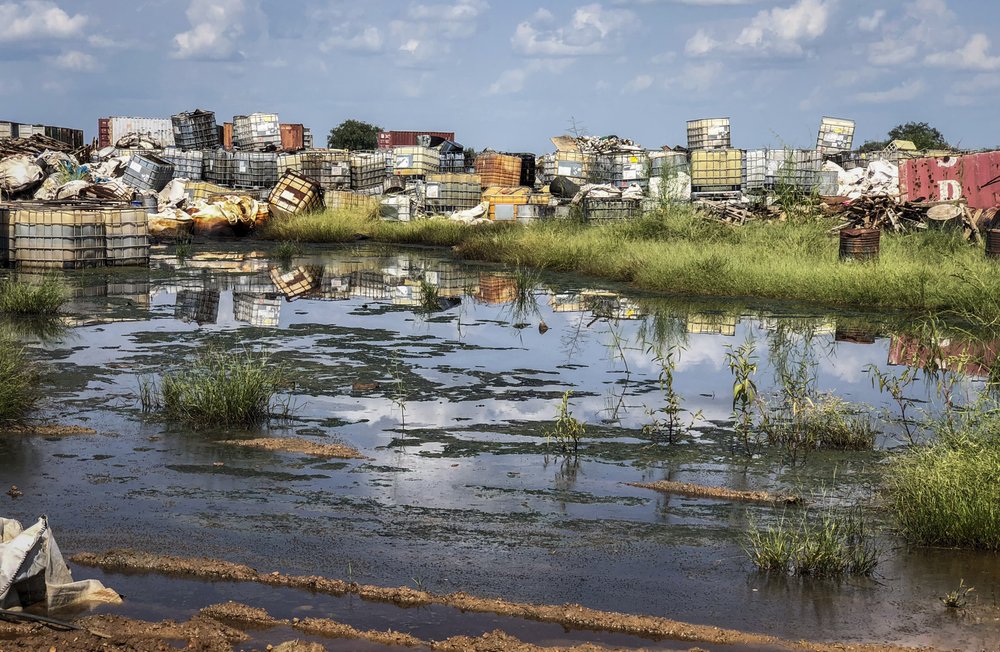A simple stroll through the streets of downtown Cairo reveals the achingly obvious and unfortunate truth about the city. The first thing that leaps to mind is the complete impasse as far as traffic congestion and pollution are concerned. Almost equally obvious is that urban planners have not necessarily been kind to pedestrians. The emergence of new suburban and industrial zones is contributing to Cairo’s rapid expansion and is constantly posing new problems of environment and infrastructure.
In a presentation entitled, Urban Planning in the Era of Oil Depletion, NGO Nahdet El Mahrousa invited the chairman of the Center for Planning and Architecture Studies, Mohamed Ibrahim to shed light on the implications of these problems, and possible solutions.
According to Ibrahim, at the current rate and with the predicted growth of petroleum consumption, of which transportation accounts for 60 percent, Egypt has only 20 more years before its oil supplies run out. For a city as sprawling and car reliant as Cairo, the ramifications of simply continuing with the status quo could be dire for the city as a whole. “Cairo is collapsing. At this rate, it will continue collapsing if we don’t start new planning from today,” Ibrahim said.
There are two complementary issues to be considered in urban planning; a need to preemptively address concerns with regards to new development projects such as New Cairo and 6 October along with the relatively more complicated task of fixing Cairo’s current problems.
Our over-reliance on cars is one of the more pivotal issues in tackling any new urban plan. “Any planning has to take into consideration the need to encourage pedestrianism and enhance public transport so as to lower fuel consumption as well as decrease congestion and noise pollution.”
While Cairo does have a public transport system, it is missing the elements of connectivity, reliability, and synchronicity which are so necessary in providing a viable transport option for a sizable section of its inhabitants. Commuters from the suburbs seldom have a better option than driving. Similarly, most of the city lacks walkways, shaded areas, and narrow streets necessary for a more pedestrian-friendly environment.
The seemingly haphazard, shortsighted, and reactionary methods taken by the government in recent years will have to see a radical methodological shift to enact any recuperative measures before it’s too late and the damage is irreversible.
“As an urban planner, you need to start 10 years ahead to have an effect. With the oil crisis looming, and the city in the dysfunctional state that it is in, we must start now.” Ibrahim sees a need for expanding the city beyond its current borders in an environmentally friendly and self-sustaining way, but laments the government’s shortsightedness. “The ministry of housing disregards many of our recommendations for including environmentally sound conditions for new buildings around Cairo. We have all the information we need to begin the process of enacting sustainable urban planning and passive (green) building, but unfortunately, the decision making isn’t there.”
He contrasts the experiences of Rehab and 10 Ramadan City as examples of success and failure in modern planning for Cairene suburbs respectively. The planners for 10 Ramadan City have clearly failed to create the vibrant and populous suburb they planned 35 years ago. It lacks the basic requirements such as transportation, and a sense of community that can only be fostered by a managed method of organic growth. “Building suburbs based on the ‘American Dream-model’ does not work here. We cannot build sprawling areas on a grid system with only one-family houses. The exclusive use of cars imposes itself on us.” Cairo simply does not have the petroleum or resources for that. Conversely, Rehab City takes into account the need for close communities and residential buildings to enhance green spaces, and public transport to create an area that is both self-sustaining, and part and parcel of greater Cairo.
Integral to these environmental considerations is the use of renewable energy, waste management, and eco-friendly buildings. Although, as Ibrahim puts it, “We need to also change the mentalities of Cairo’s inhabitants to do that. We know as Egyptians that we need to rely on ourselves.” In order for sustainable urban planning to work, Egyptians must come to terms with what each of us has to do on a personal level by changing certain habits and be conscious of the pressing need for this kind of change to rescue our collapsing city.




